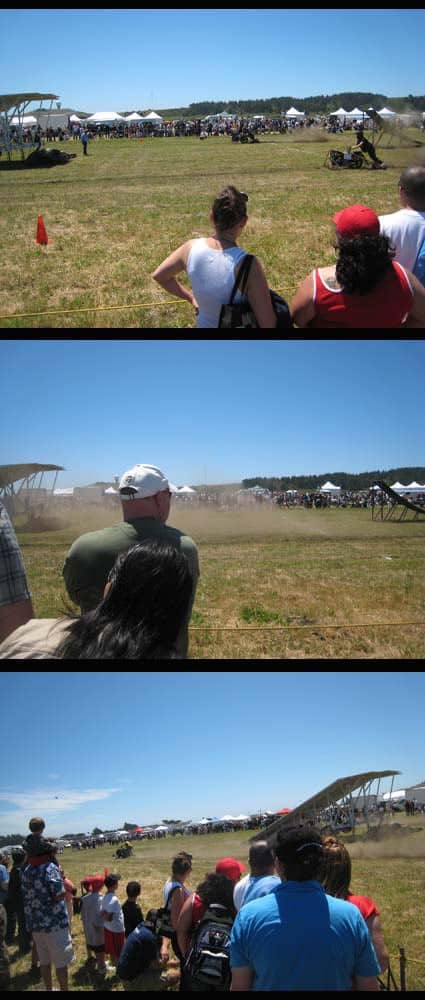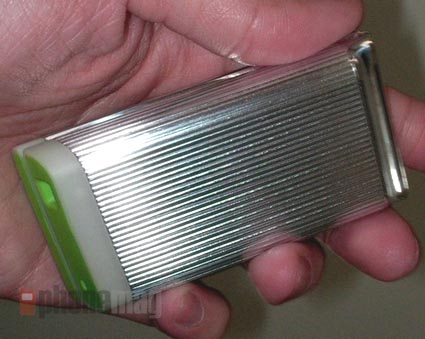Out and About: Tamara in LA
I am missing the sun and beaches of LA from our trip there last week. At least I have these fond memories to keep me warm…

I’ve read about airlines letting passengers choose their seats using social media profiles and finally got to experience a digital/analog collision first hand on our Virgin America flight. I accepted the offer from 12A (aka Vinnie) to chat. Admittedly, I never talked to that stranger as I was engrossed in an inflight film.

I was not surprised by the proliferation of celebrity endorsements in every eating and dining establishment that we entered. I was surprised by what constitutes celebrity.

Dear lucky owner of this gorgeous Manhattan Beach home overlooking the ocean, thank you for using your prime position to promote a message of peace (in 4 different languages).

I am so fond of legacy establishments (like Pink’s Hot Dogs) that make explicit the rules of how to be a customer. I’m also fond of people like Julie’s dad, who insist that we stop at such locations to relive childhood memories when we are in town!

Julie and I both captured images from this Burbank dry cleaners. She focused on the environmental sustainability while I was enamored by the sustainability of their service!


 Lawnmower Races, Half Moon Bay, California
Lawnmower Races, Half Moon Bay, California
